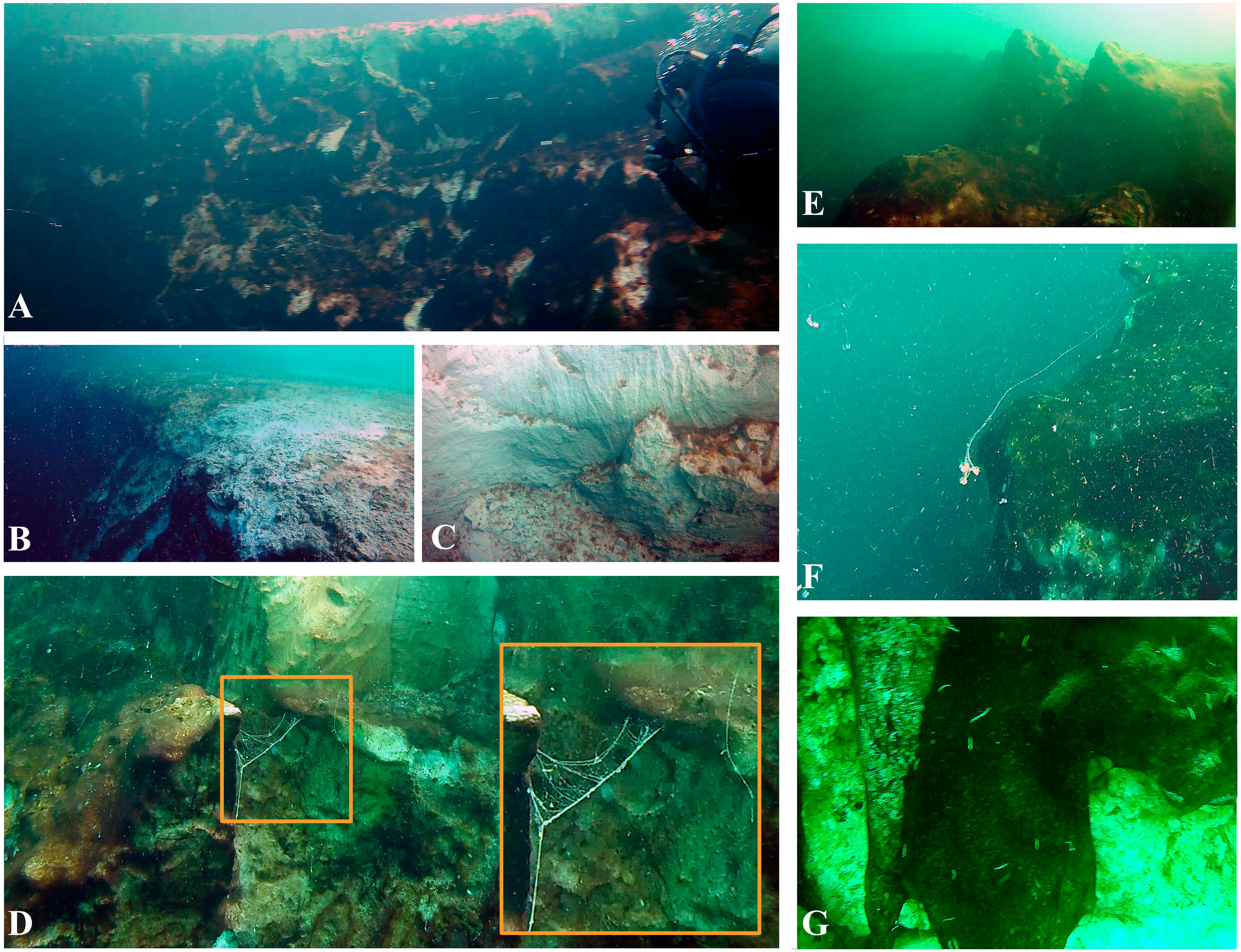News
A 900-feet-deep blue hole has been discovered off Mexico coast. What is it?

Taam Ja' Blue Hole off the cost of Mexico is the second-deepest blue hole in the world. Photo: Frontiers in Marine Science
The world has discovered the second-deepest blue hole off the coast of Mexico. Called the Taam ja', which means Deep Water in Mayan, the sinkhole was actually found in 2021 and was only recently documented in the scientific journal Frontiers in Marine Science.
- Taam ja' was found off the coast of the Yucatan Peninsula in Mexico in Chetumal Bay. The giant sea sinkhole is about 900 feet deep with an area of 147,000 square feet.
- The world's deepest blue hole ever discovered is in the South China Sea called the Dragon Hole, which is 987 feet deep.

What's a blue hole and why is the discovery important?
- It's not known when the Taam ja' blue hole was formed, but scientists believe blue holes formed during the ice ages when the glaciers melted, sea levels rose and limestone caves were flooded. For context, the ice age ended about 11,000 years ago and started nearly 2.6 million years ago.
- Discovery.com says that blue holes are home to ancient limestone caves that are like time capsules on Earth.
- Scientists hope the discovery and exploration of these blue holes will provide clues to how marine life evolved millions of years ago, help discover yet unknown and extinct species, and also give clues about life forms that may exist on other planets with inhospitable living conditions.
- These blue holes are more or less gaping portals to the ancient world preserved in its cold and low oxygen conditions.

What did scientists find at Taam Ja'?
- Scientists from the Department of Observation and Study of the Land, the Atmosphere, and the Ocean, Chetumal, Mexico went on a submarine exploration to Taam Ja'.
- Using echo-sounding, thermohaline profiles, chemical analysis of collected water samples, and scuba diving, researchers documented the sinkhole.

The sides of the blue hole are steep, with slopes >80° that form a large conic structure covered by biofilms, sediments, limestone, and gypsum ledges.
- Researchers
- Researchers also found a difference in the salinity and temperature of the water at deeper levels of the sinkhole.
- Usually, these sinkholes are teeming with marine life, hosting species such as sea turtles to sharks. But life forms become hard to find at the deeper levels where oxygen concentration is very low.
- However, scientists in 2012 found bacteria living in the caves of a blue hole in the Bahamas where there was no other life form found. This type of bacteria was also not found anywhere else on planet Earth.

- Like the bacteria found in the Bahamas blue hole, scientists hope that they are able to find other lifeforms that have the capacity to survive on other planets with similar inhospitable conditions.
While researchers have found several blue holes around the world, they are still hard to explore and study due to their inaccessible nature.
Last updated: April 27, 2023 | 13:34
IN THIS STORY

